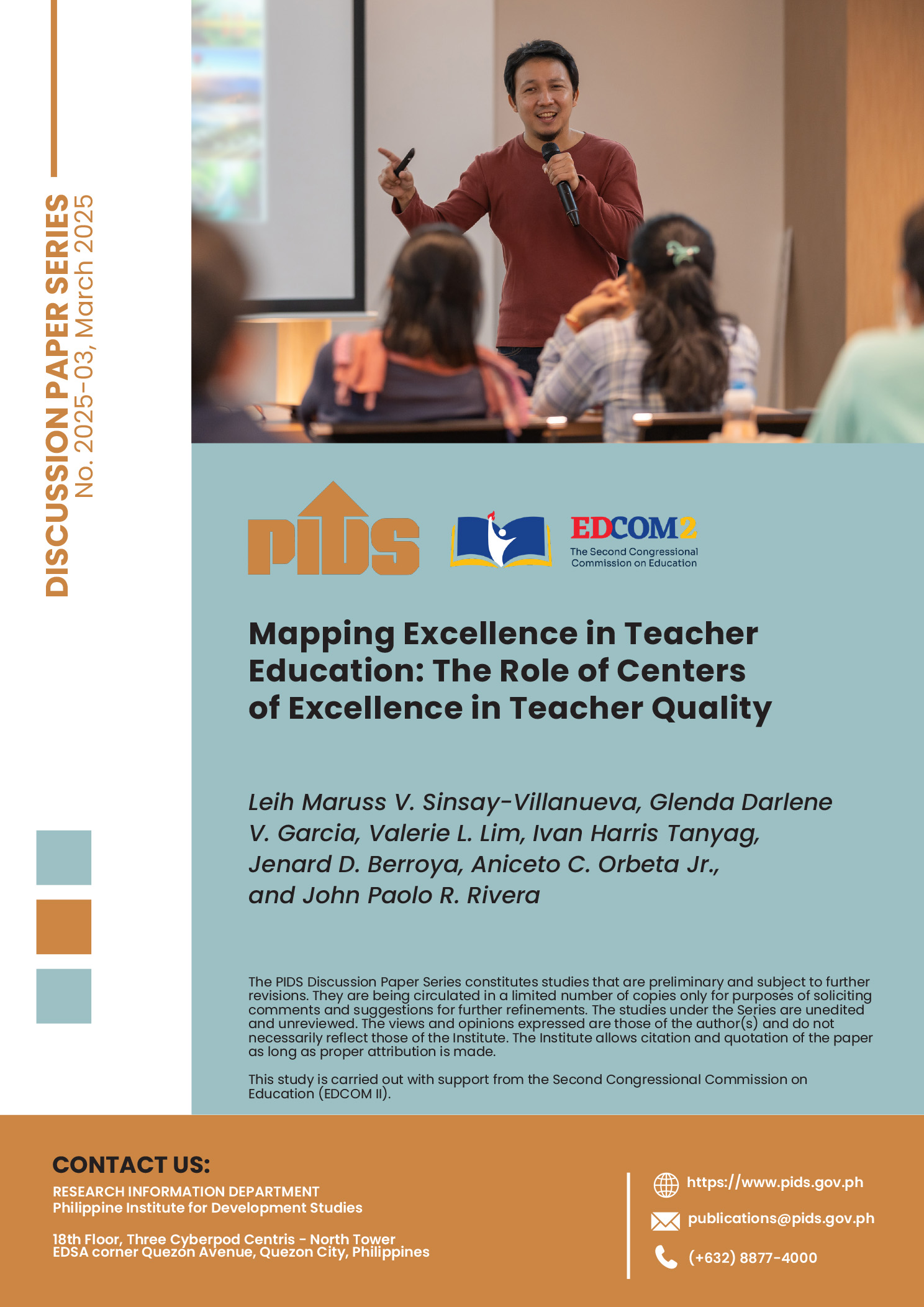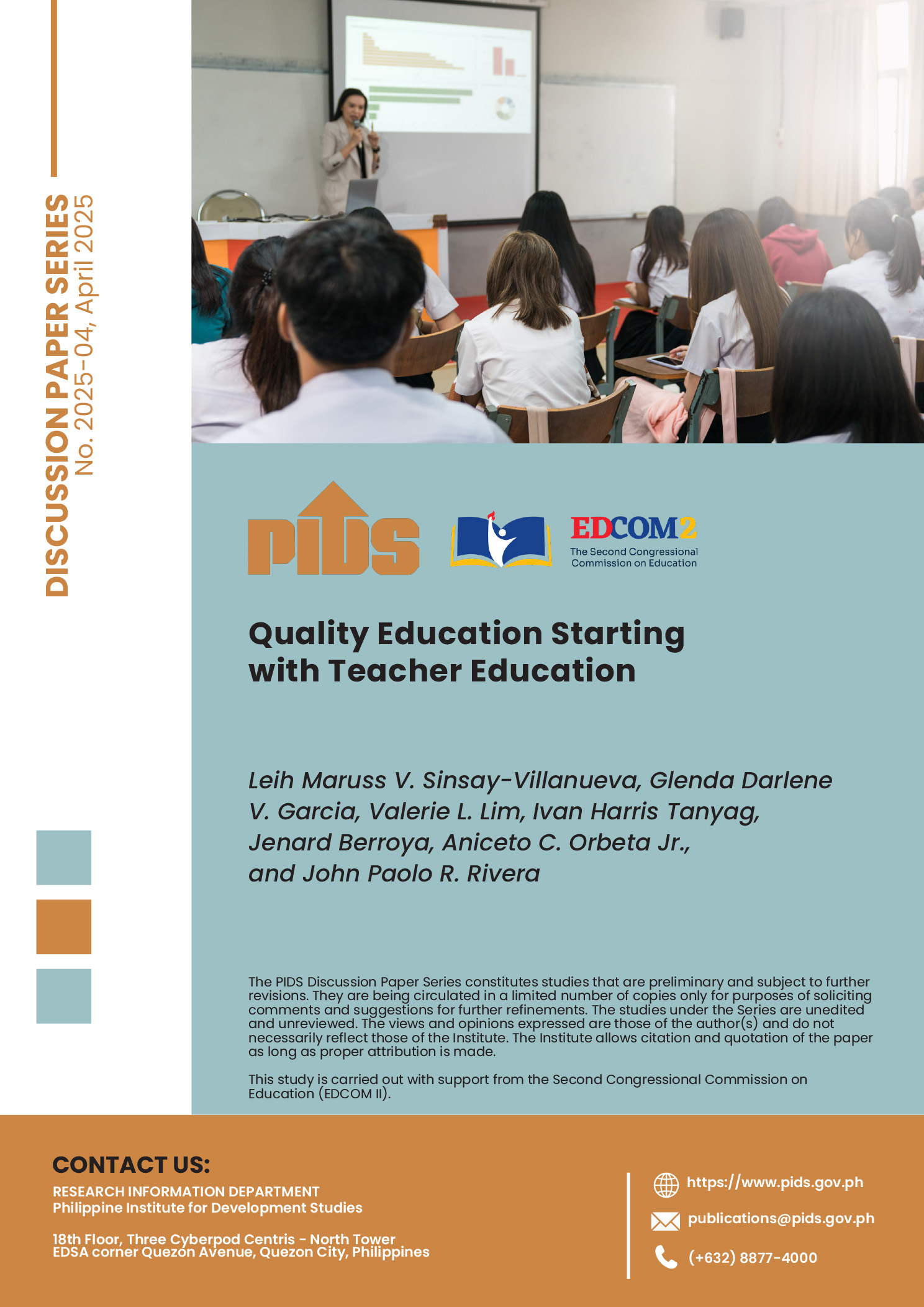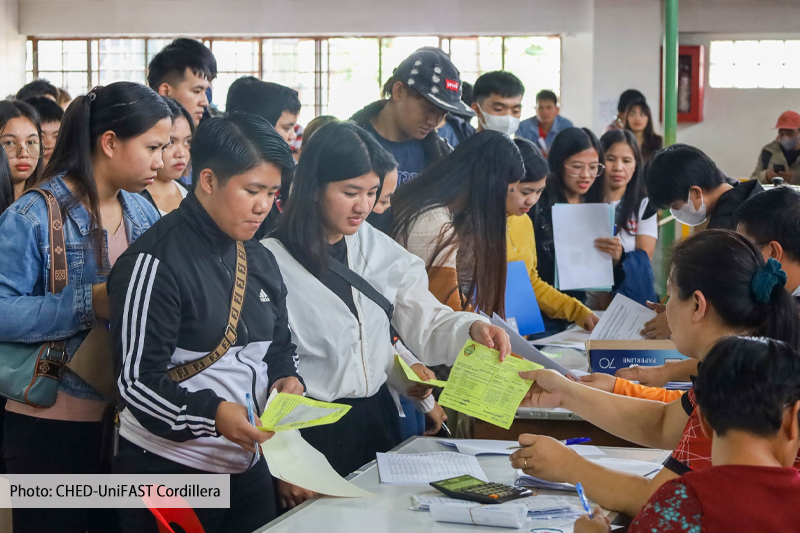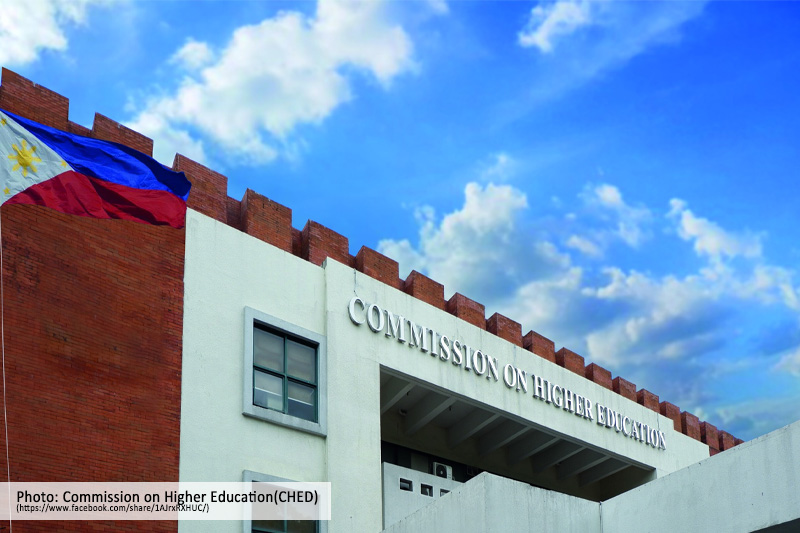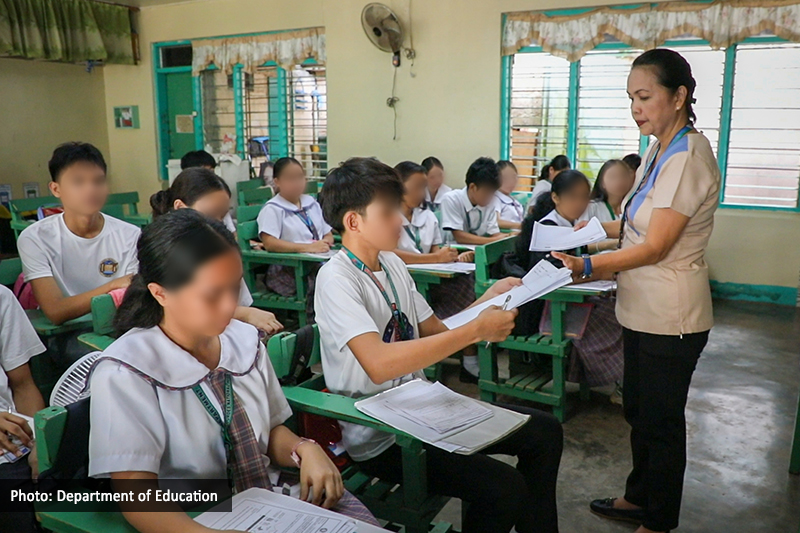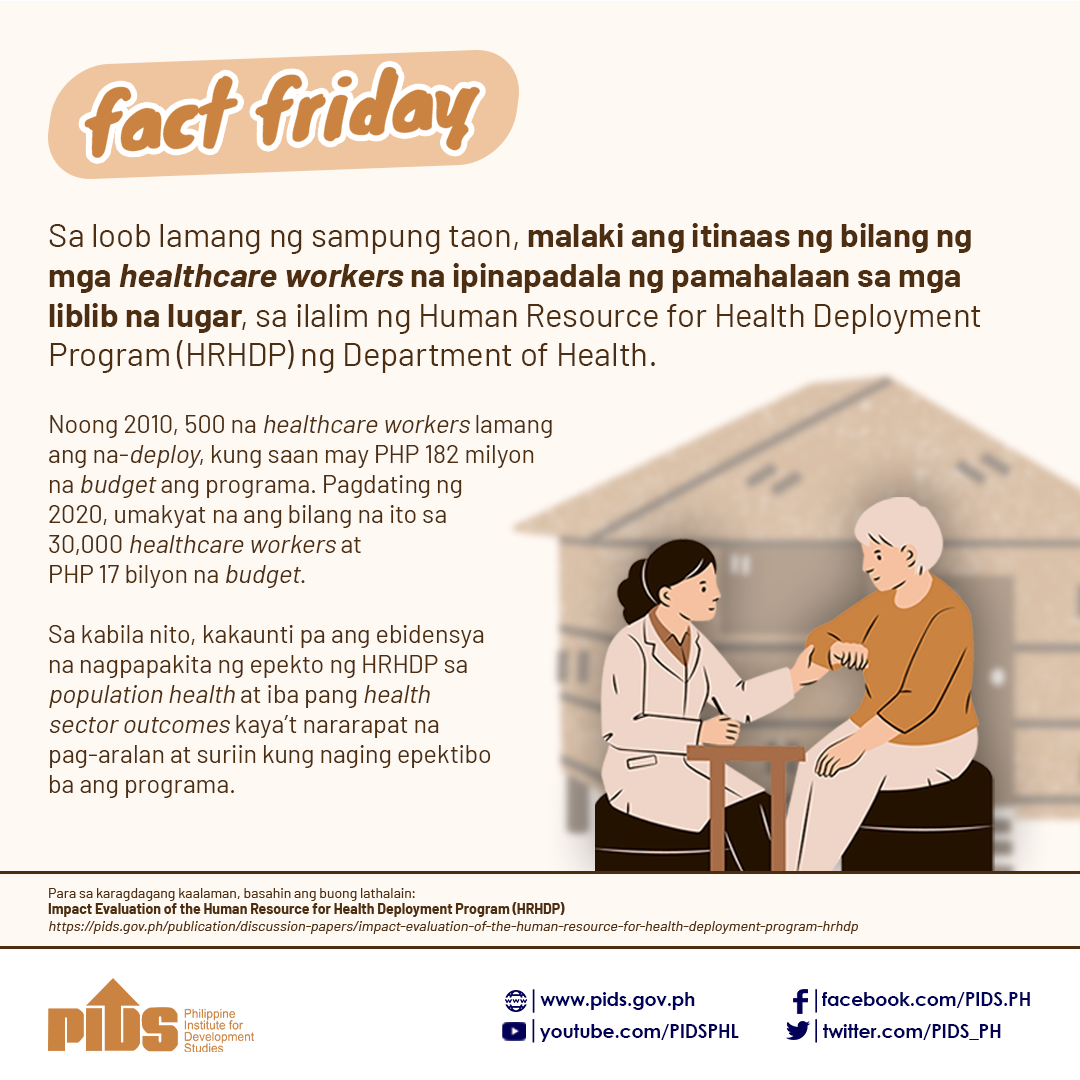THE Senior High School (SHS) program remains hindered by personnel shortcomings and limited course offerings, the Philippine Institute for Development Studies (PIDS) said.
“Previous studies documented many implementation challenges, including inadequate human resources, limited SHS track and strand options for students, and poor coordination with external partners,” PIDS said in a policy note.
“Longstanding issues on schooling quality remain significant in SHS. For example, students struggle with different reading and writing competencies despite many opportunities for assessment across the school cycle,” it added.
The government think tank said that strand offerings in SHS still remain “highly concentrated.”
“About half of schools offered only one of four possible tracks, with the academic track available in 91.3% of senior high schools. While those offering strands in the technical-vocational-livelihood (TVL) track increased to 59.4%, those with strands in the Arts and Design and Sports track remained sparse at 2.7%” it said, citing data from the Department of Education.
“Expanding strand offerings across schools, requiring competent teachers, quality instructional guides, and machinery, if needed, should be an immediate priority to improve students’ learning experiences and expand their future career options,” it added.
PIDS also noted concerns about SHS graduates’ readiness for the workforce.
It recommended the expansion of local school boards “to include employers who can inform educators of the skills needed in industry, and delineating and underscoring progression in the core subjects taught in JHS (Junior High School) and SHS and as essential preparation for college, among others.”
“Unfamiliarity with the SHS program may have led to the wait-and-see approach by certain employers when considering hiring SHS graduates and dissatisfaction among some parents with the SHS,” it added.
The study found that those attending SHS tend to earn higher wages, which it quantified as “an 18.6% wage premium relative to JHS graduates.”
They are also more likely to be employed in middle-skill jobs compared with JHS graduates, PIDS said.


